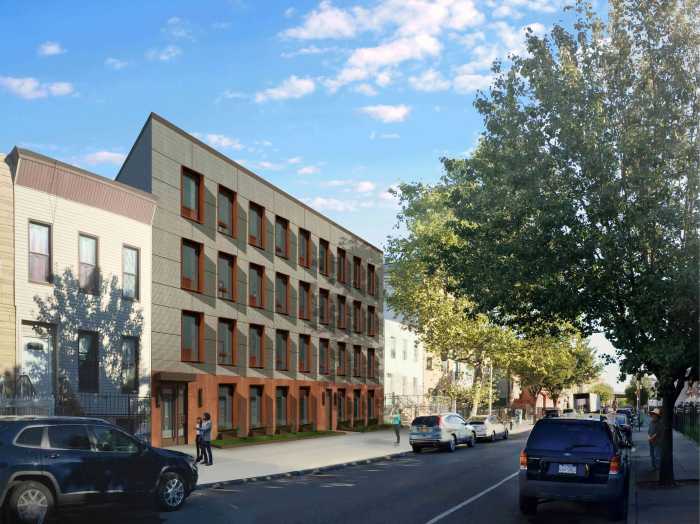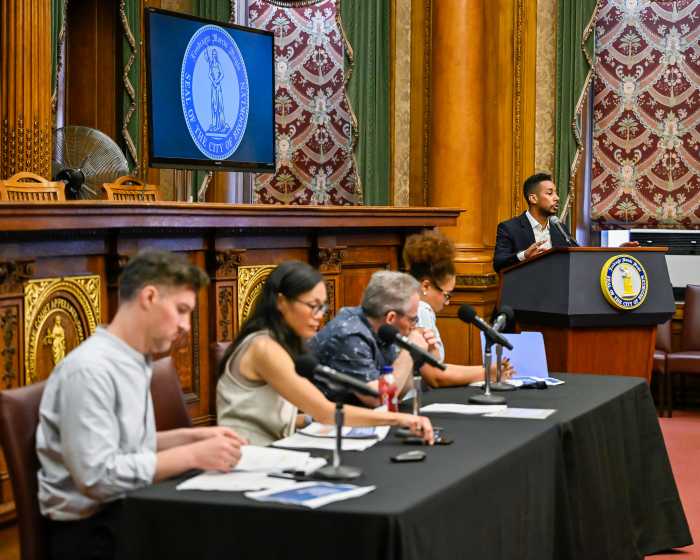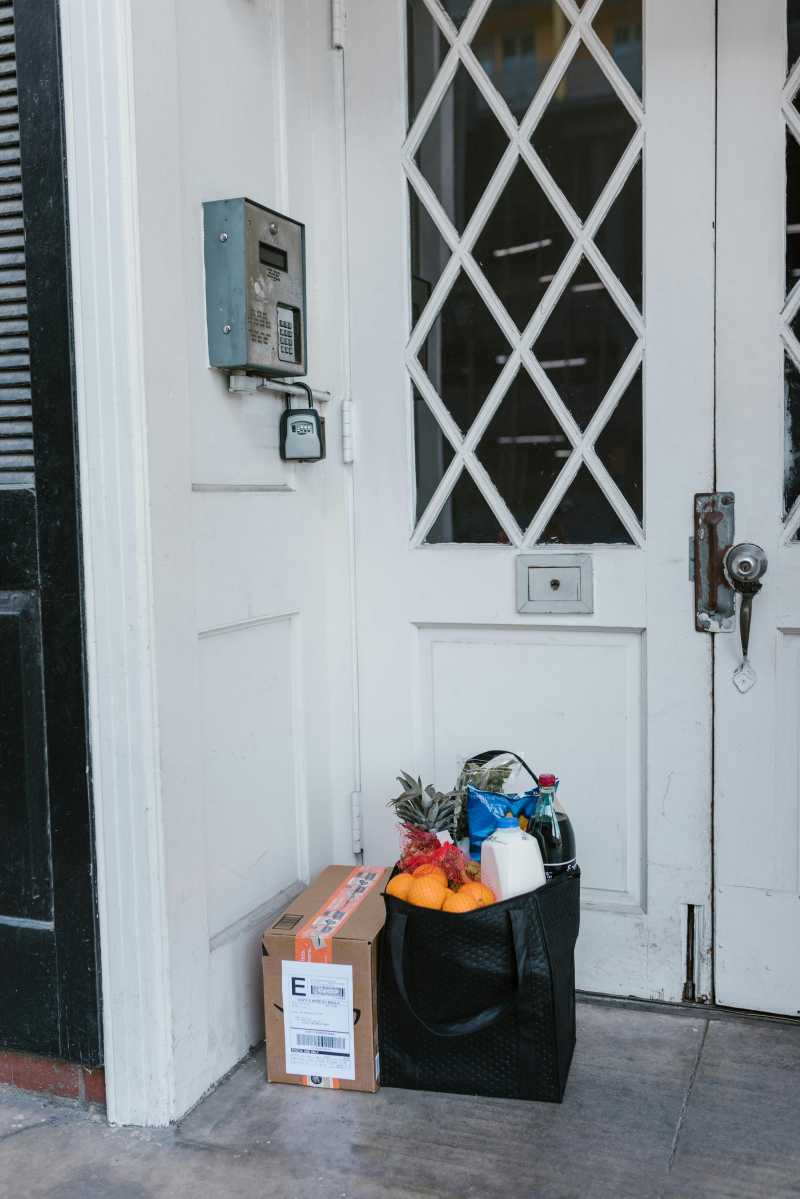Elected officials from Washington to City Hall this week derided Mayor Bloomberg’s plan to turn the Red Hook and Cobble Hill waterfront into a maritime-themed tourist attraction as “Disney on the Waterfront.”
And one Red Hooker described the plan as “a pimping of the waterfront.”
“The history of maritime trade is as old as prostitution and it looks like the maritime trades are about to be prostituted,” said Tom Kerr, a resident of Beard Street.
The criticism is a reaction to city plans to oust the area’s remaing cargo business and transform the fenced-off working waterfront into a phantasmagoria of family-friendly attractions, housing and restaurants.
“This is part of a scheme for a New York with as few blue-collar jobs as possible,” said Rep. Jerry Nadler (D-Coney Island) at a public hearing last week on the plan’s environmental impact.
A spokesman for the company that operates the area’s last working cargo port sees Bloomberg’s plan as a plot against Democratic union jobs.
“It’s a dollars-for-developers scheme from a Republican administration with no interest in keeping good jobs in Brooklyn,” said Matt Yates, director of operations for American Stevedoring, which is facing eviction next March from the publicly owned piers.
The city Economic Development Corporation says it can create 3,000 new service sector jobs — and housing for 700 people — by evicting ASI and its several hundred full-time longshoremen.
The cranes operated by those dockworkers would disappear to also make way for a 250-room hotel on a currently inaccessible stretch of waterfront west of Columbia Street.
A smaller working port, with 100 jobs, would be retained.
Residents who testified at last week’s Community Board 6 hearing cautioned against rezoning the waterfront for residential development.
“There are other places to put housing,” said Dan Wiley, spokesman for Rep. Nydia Velazquez (D-Sunset Park).
Others complained that development would overcrowd schools and parks, taking a large toll on the quality of life in a neighborhood that is slowly regaining a residential population that vanished after World War II.
“We need the peaceful waterfront community and good schools that we have spent the last forever fighting for,” said Grace Seifman, who has lived in the neighborhood for nearly a decade. “We don’t need more housing blocking our views, another theme park or a South Street Seaport.”
But city planners promise that their theme park will be suited to the historic character of the dockyard community. One proposal, by PortSide NewYork, includes cafes, a maritime-themed shop and two salvaged, historic ships where students and tourists would learn about waterfront trade.
“There is space in Red Hook for a hinge between the world of recreation … and the world of work, because there is still a thriving industrial waterfront there,” said Elaine Carmichael, a planner on the project.
Meanwhile, ASI is trying to hold onto its working-port turf.
“I don’t know if the city is trying to kill maritime industry in Brooklyn, but this plan will certainly hurt it,” said Edward Kelly, president of the Maritime Association, which represents 400 maritime businesses, including ASI.
“It’s fairly obvious that forcing one of the last port operators to leave will do irreparable harm.”
























